Let’s find out with 4Life Education how taking a walk in the forest can become a meaningful family activity that supports your child’s development. Every forest walk is a new adventure where your child can explore nature, ask questions, and build lifelong curiosity. Let’s take the first step today!
Make nature walks a regular family habit
Taking a walk in the forest helps children connect with the natural world in a hands-on and joyful way. Regular nature walks in parks, countryside, or green spaces allow children to explore freely, breathe fresh air, and move their bodies. For young children, this is more than just exercise it’s discovery, learning, and emotional development. As part of your weekly family routine, forest walks give structure and balance to busy modern life.

Taking A Walk In The Forest with Little Explorers
Add excitement with simple collecting tasks
One of the best ways to make forest walks exciting for children is by giving them small tasks. Ask your child to collect three different types of leaves, rocks, or flowers. Give each child a small paper bag for their “specimens” and explain that a specimen is something interesting they find and want to learn more about. You can set a limit of 3–5 items per child to avoid overcollecting and teach respect for nature.
Don’t forget your phone camera! It’s a great tool for capturing animals, birds, or delicate things like mushrooms and spider webs that shouldn’t be touched.
Talk about what they experience
As you walk, take time to talk with your child about what they see, hear, feel, and smell. Is it sunny or cloudy? What does the sky look like today? What colors are the leaves? What sounds do they hear birds chirping, leaves rustling, or the wind blowing? Encourage them to be quiet for a few moments to truly listen to the sounds of nature. These conversations build vocabulary and emotional awareness.
Don’t worry about the weather
Bad weather shouldn’t stop your forest adventures. Children enjoy the feeling of rain on their faces or the wind in their hair. Walking in all kinds of weather helps build resilience. Just make sure everyone is dressed for the conditions. A child can comfortably walk about one mile for every year of age, so don’t underestimate their ability. And remember rest breaks with snacks or a picnic are part of the fun!
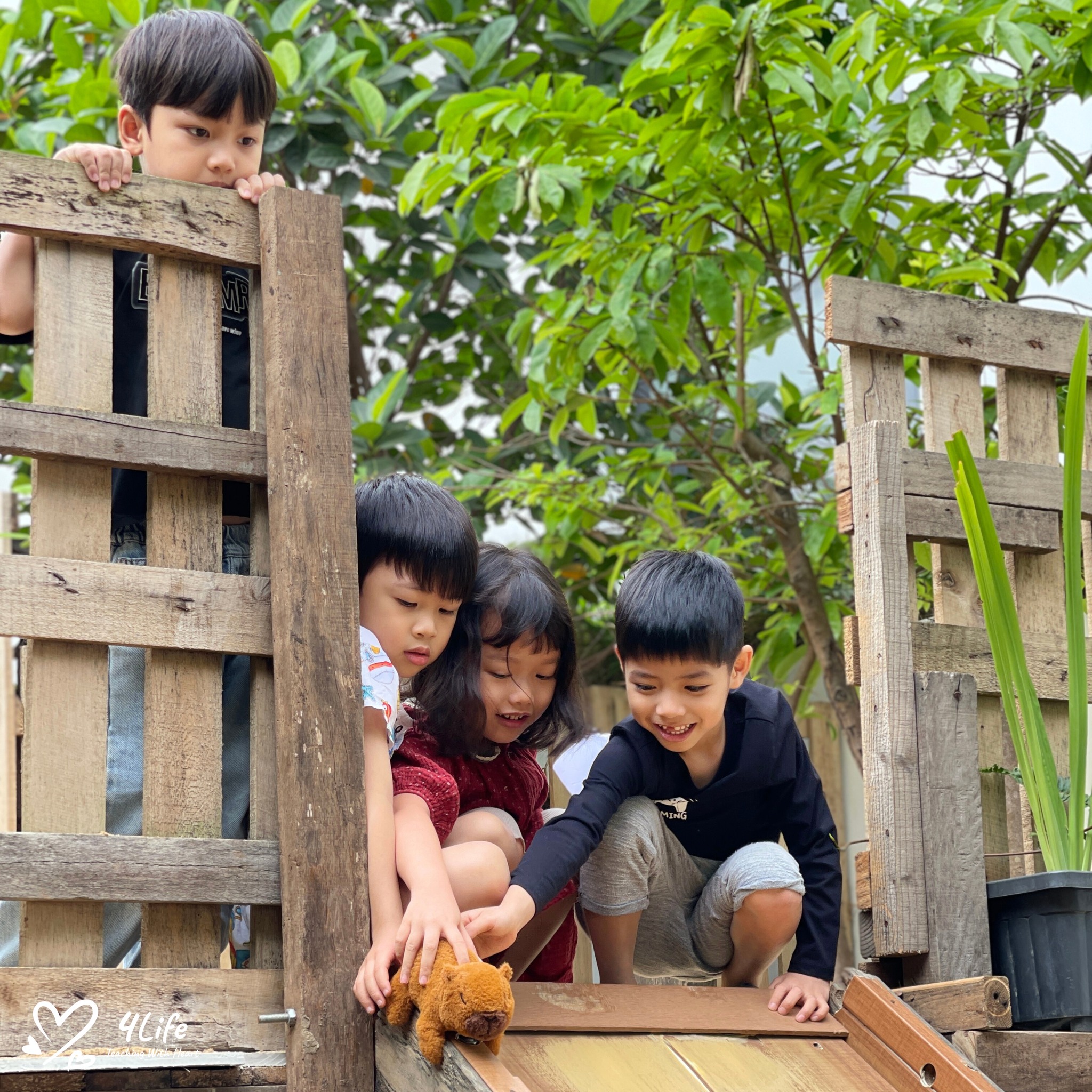
Don’t worry about the weather
Explore seasonal changes
Repeating the same walking route through different seasons teaches children about the natural cycle of life. In spring, they’ll see new buds and flowers. In summer, they’ll hear buzzing insects and see green everywhere. Autumn brings falling leaves and cooler air. Winter offers bare branches and animal tracks. Observing these changes helps children understand time, growth, and the rhythm of nature.
Focus on special topics
To keep walks fresh and focused, you can choose a theme for each outing. Try observing only bird life, forest sounds, or the weather. Use a small notebook to jot down your child’s observations. What kind of bird did they see? How many different sounds can they identify? What was the temperature or cloud pattern like? These little “research projects” turn your child into a young scientist in the field.
Discover, not disturb
Back home, let your child empty their specimen bag and talk about what they found. Where did they pick up that leaf or stone? Is it living or non-living? What do they think it is? Use this chance to discuss how everything in nature plays a role. Remind your child that while it’s okay to collect a few things for learning, we should never take too much from nature. If everyone picked flowers or took stones, there would be nothing left for others to enjoy.
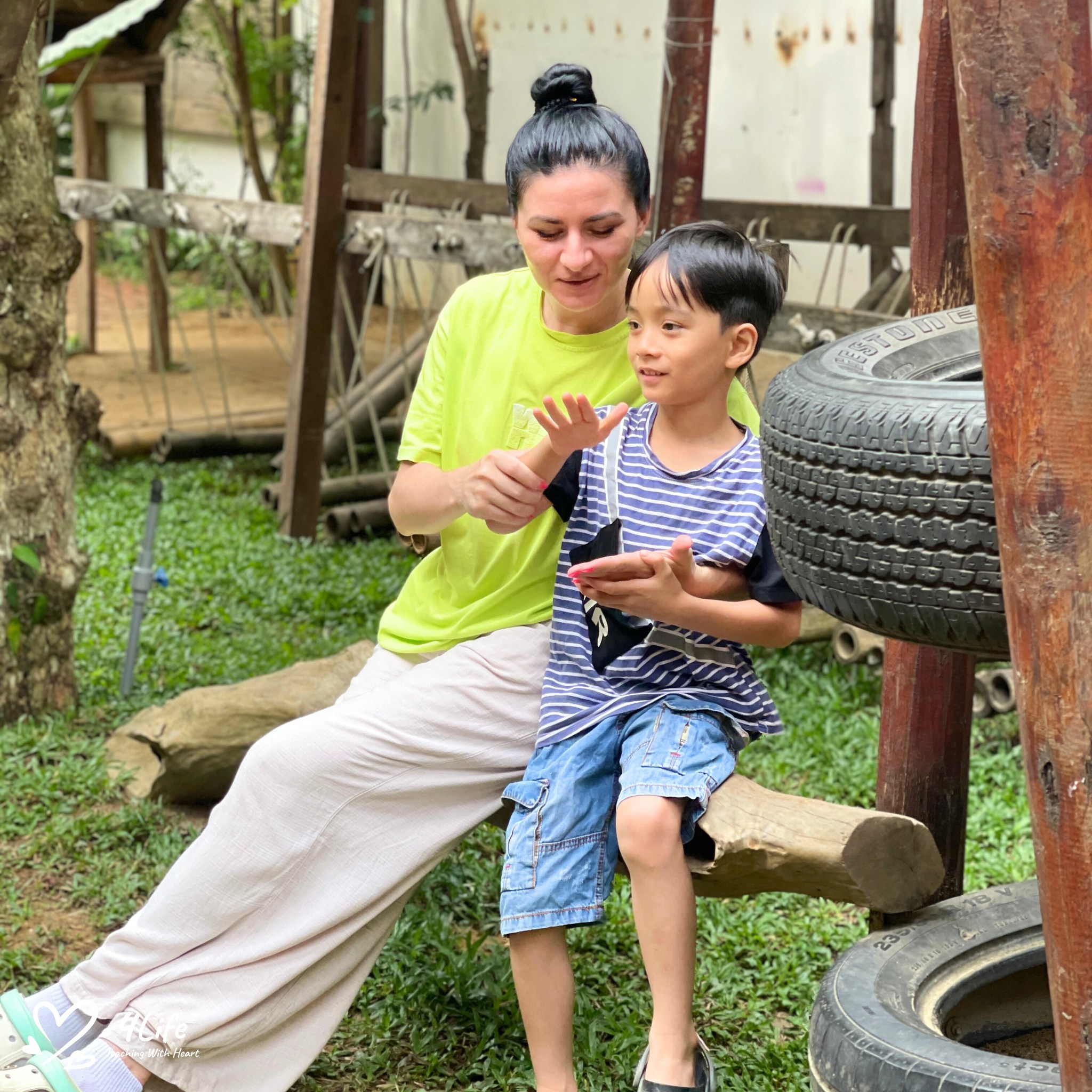
Discover, not disturb
Try these nature activities along the way
Taking a walk in the forest is never boring when you include some fun and simple activities. Here are some playful ideas to try on your next walk:
– Follow a squirrel through the trees
– “Adopt” a tree and visit it each time you walk
– Roll around in autumn leaves
– Sit quietly by a lake or stream and watch the geese
– Search for animal tracks in the dirt
– Look for pinecones or wild raspberries
– Lie under a tree and look up at the sky through its branches
– Use charcoal and tracing paper to make bark rubbings
– Collect seeds or search for baby trees
– Listen to birds calling or the wind blowing
– Try to spot butterflies, worms, or baby ferns
– Float popcorn boats in a puddle or stream
– Pick up trash along the trail to keep nature clean
Each of these small adventures helps your child engage deeply with their surroundings.
Go at your child’s pace
Every child walks at a different pace and that’s okay. Let your child stop, explore, and observe whenever something catches their eye. Sometimes sitting down and simply looking up into a tree can provide a totally new perspective. Allow these slow moments. They teach your child to appreciate the little things in nature and give you a chance to bond together.

Taking A Walk In The Forest
Build family traditions in nature
Over time, your forest walks can become cherished family traditions. You might always visit the same tree, take a photo at the same spot each season, or have a regular “forest picnic.” These traditions build emotional connections not just with nature, but within your family. Your child will grow up with memories of joyful walks, laughter, curiosity, and time spent together.
Taking a walk in the forest is more than a fun outing, it’s a rich learning experience for your child. With every step, they are building confidence, learning about the world, and developing a deep appreciation for nature. The forest is a classroom full of color, sound, and life. By turning forest walks into a regular family activity, you give your child the chance to grow emotionally, physically, and intellectually. So next time you have a free afternoon, grab your bags and head to the trees. You’ll never regret the magic of taking a walk in the forest.

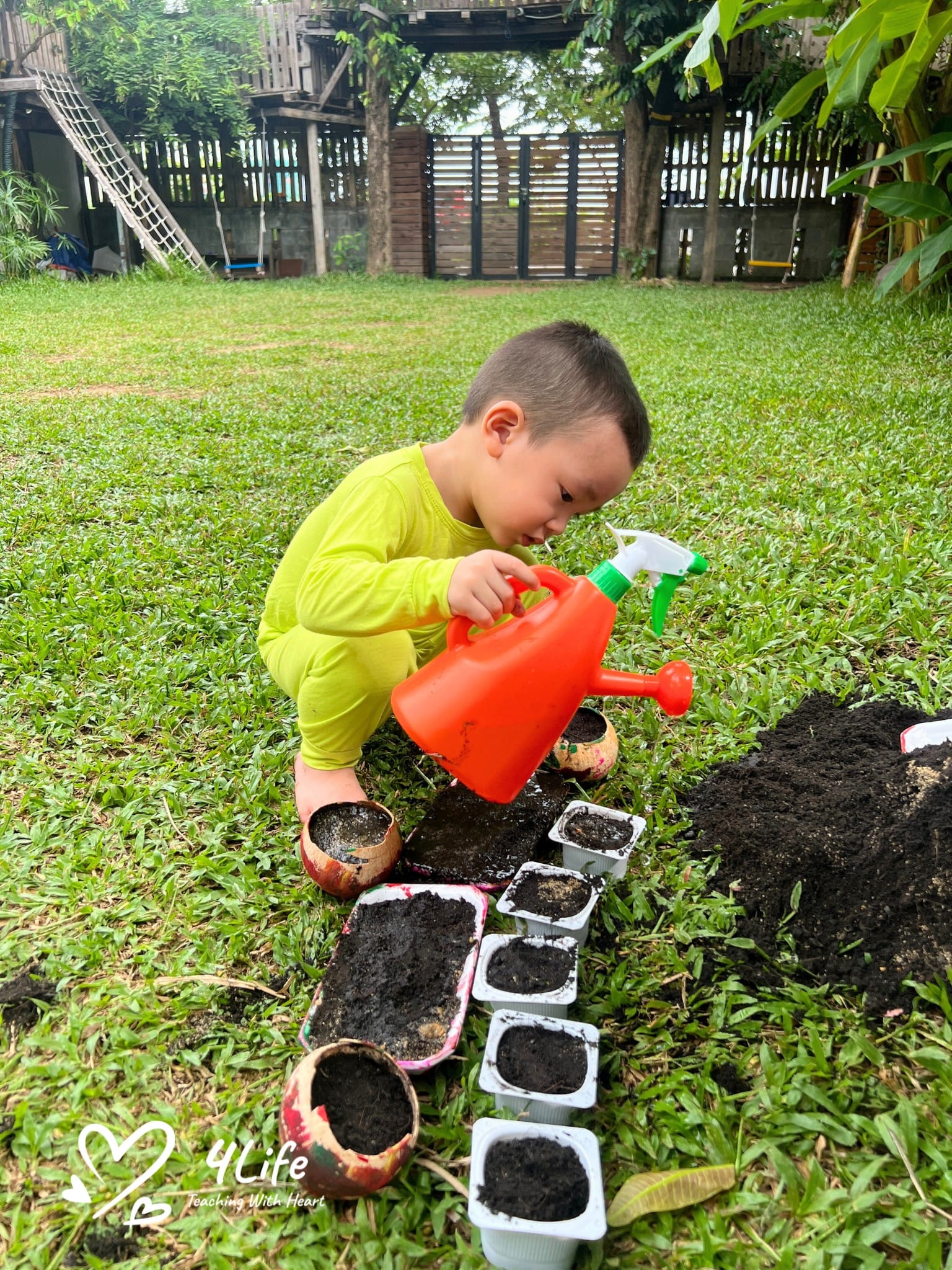

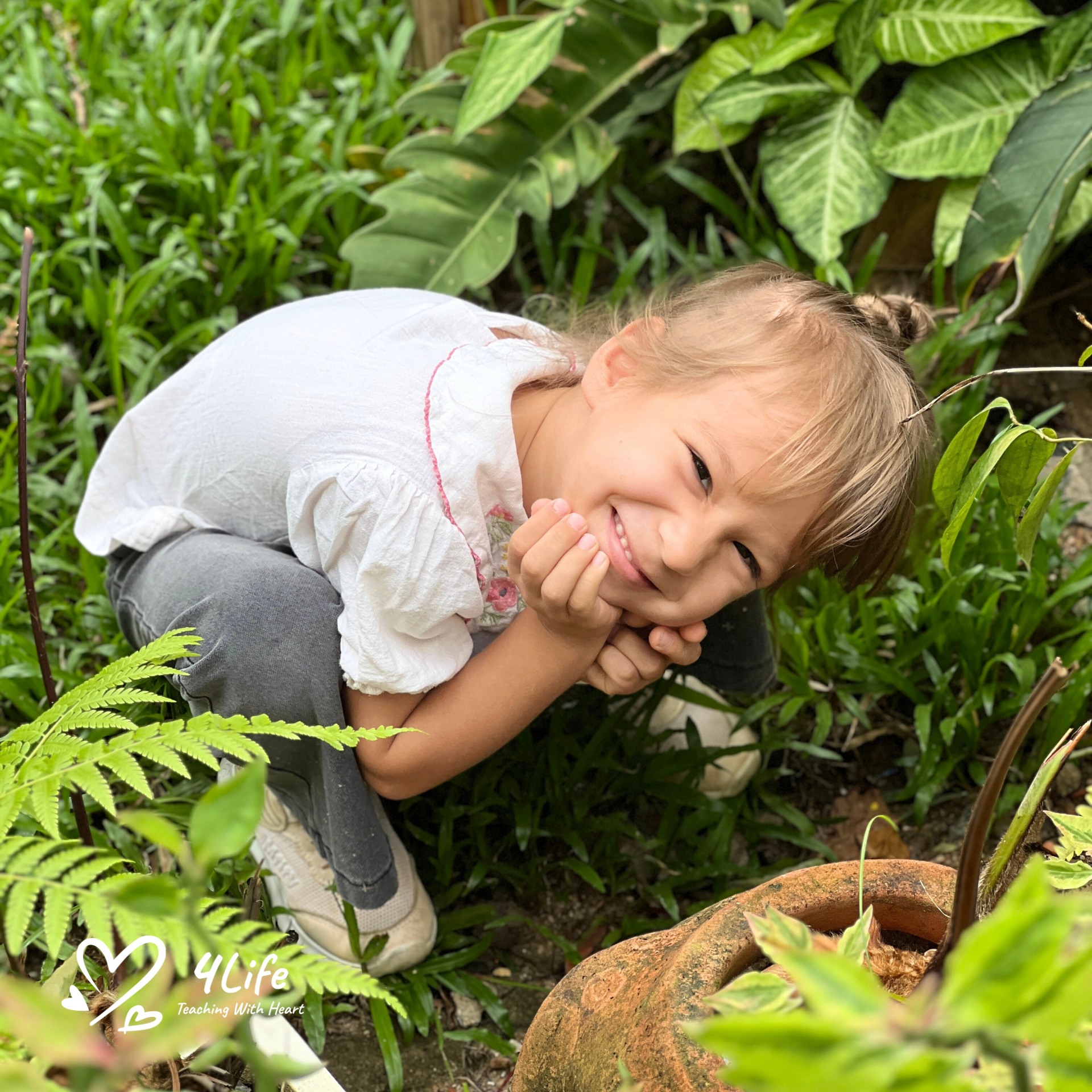
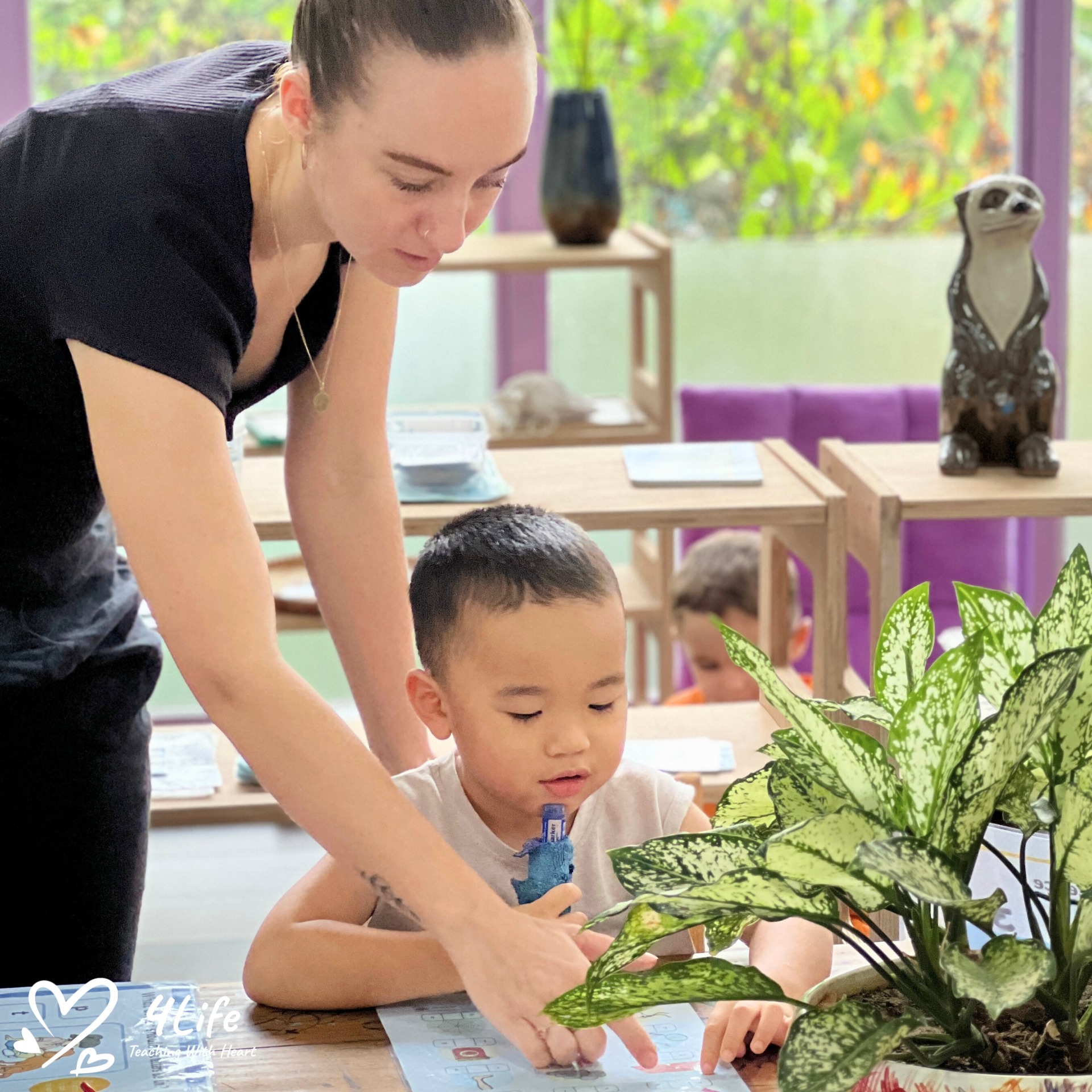


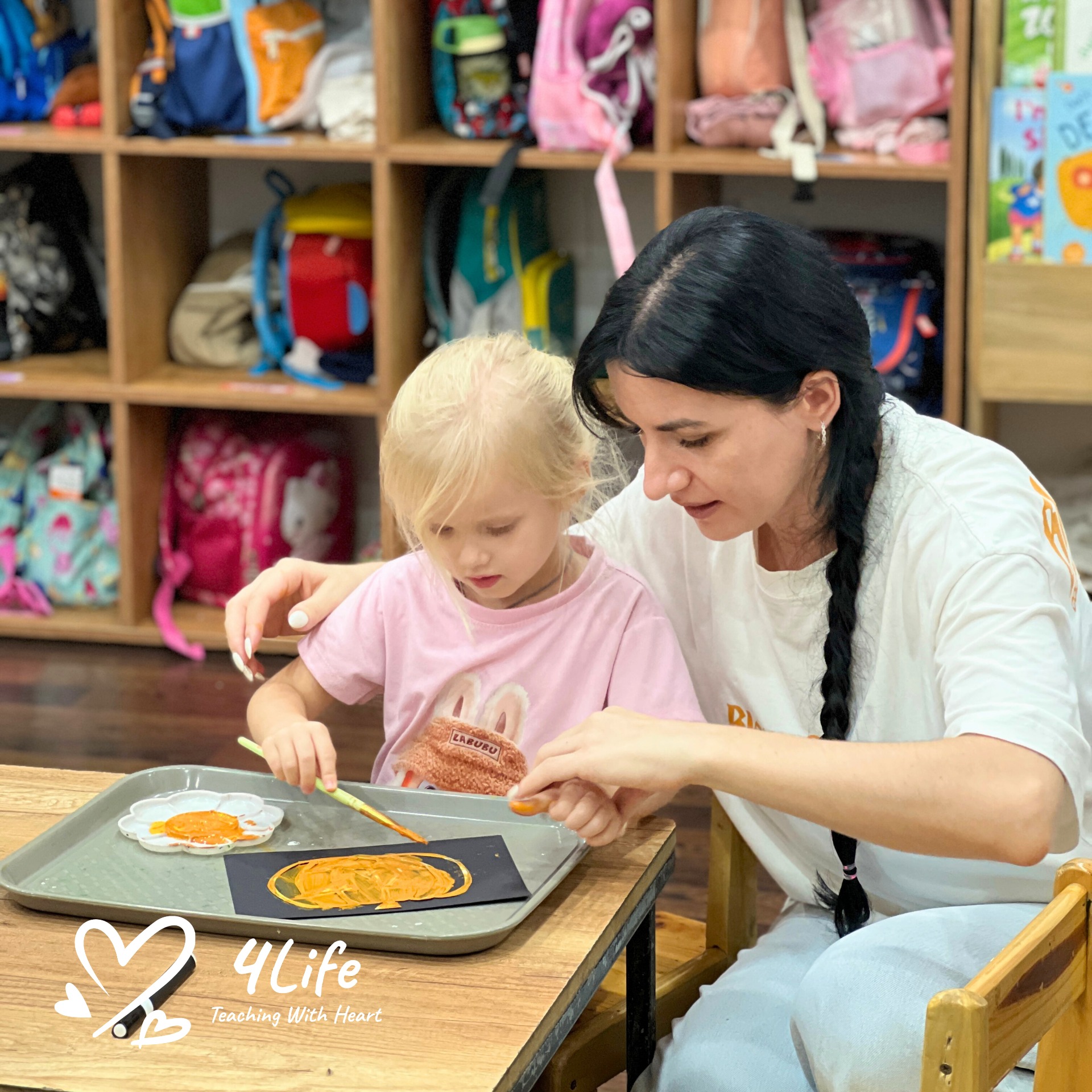
0 Comments